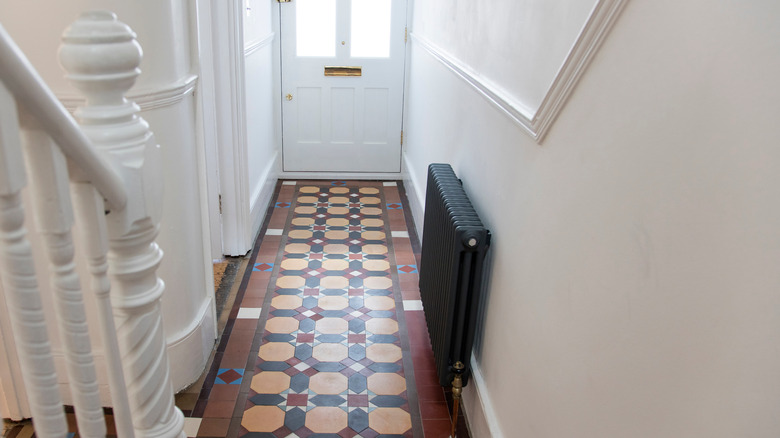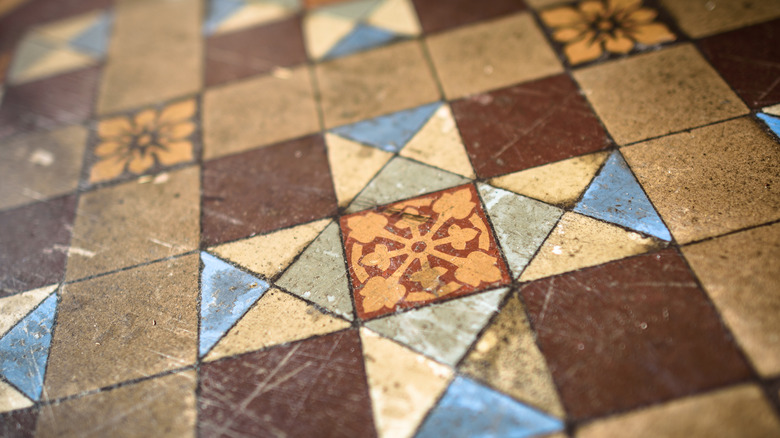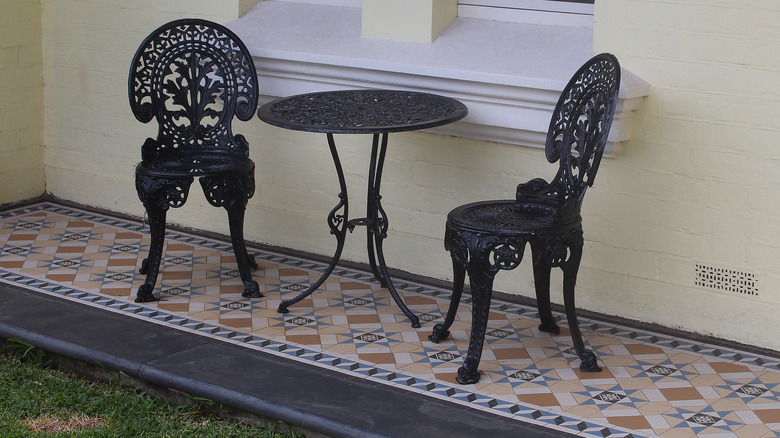The Best Method For Cleaning Your Victorian Tiled Floor
The intricacy and beauty of Victorian tiled floors make them a stunning addition to your home, but to keep them looking like that, you need to know how to clean them properly. There are certainly a lot of cleaners available that could potentially help, but the best method for cleaning Victorian tiles is to use an alkaline cleaner. This will help remove debris and dirt while giving them a beautiful, polished look, but it will not damage the coloring or the overall quality of the tile itself.
A hallway tiled like this will likely require more maintenance than traditional ceramic tile, but doing it well will ensure those tiles last longer and add beauty to your space. Depending on the level of dirt on them, you may also benefit from more elaborate cleaning processes, as well as taking a few steps to protect the tile against further damage.
Cleaning Victorian tile is something you can do yourself, but if you're overwhelmed with the process, seek out a professional with very specific experience with these floors. They require more individualized attention than what is common with traditional floor tiles. The beautiful coloring and patterns may be lost without attention to these details. The good news is most are well-made, installed properly, and long-lasting.
Steps for cleaning Victorian tile
Victorian tiles are meant to be used, walked on, and loved. You don't need to cover them up with rugs — just let them shine. To clean them, start by sweeping up any loose debris using a soft broom. Remove all furniture from the space to ensure you can clean the entire surface at the same time. Use a water-based detergent and a clean, soft mop to clean the floors. You can also use a natural hair brush to provide a bit more of a thorough scrubbing of them. Most alkaline detergents will remove most of the debris from the surface and may pull up some of the wax on these floors.
To remove any built-up material on them, such as old sealants, coatings, and waxes, use a tile-based sealer remover for the best possible results. This should pull up all stuck-on material. This process will typically create clean tiles, but there are some situations where you may wish to go a bit further.
There are additional tile cleaning solutions that can be used according to the manufacturer's directions. If the tile looks dingy or dull after removing the sealant, use these products, allowing them to sit on the surface for a few minutes before using hot water to remove all traces of the chemical. A product like a tile restorer can also be helpful.
Don't stop there, seal the tile next
After cleaning the Victorian tile, the next step is to re-seal it to provide water and debris protection for the surface. After the tile is fully dry, use a non-permanent type of tile sealant. (You'll need to remove and clean them again at least annually.) Look for a product like an acrylic polish or tile sealant. Follow the manufacturer's recommendations for applying the sealant and allow it to dry. Work in small areas at a time, moving from one area to the next without having to double back or walk on the surface. It may take several coats of sealant to create the proper level of protection.
You can choose a sealant in a range of finishes, including some that have a satin finish for a bit of shine. These take a bit longer to dry, but they should not be sticky once completely dry. You can also use a lower sheen finish if you don't want a wax-like shine to the tile. This type of product will allow more of the efflorescence of these tiles to come through, allowing for a more dramatic appearance of the color while still protecting the surface of the tile.
One last thing: if you have Victorian floor tiles outside of your home, you shouldn't seal them. The sealing application on outdoor tile could damage the overall natural frost resistance of the tile.


